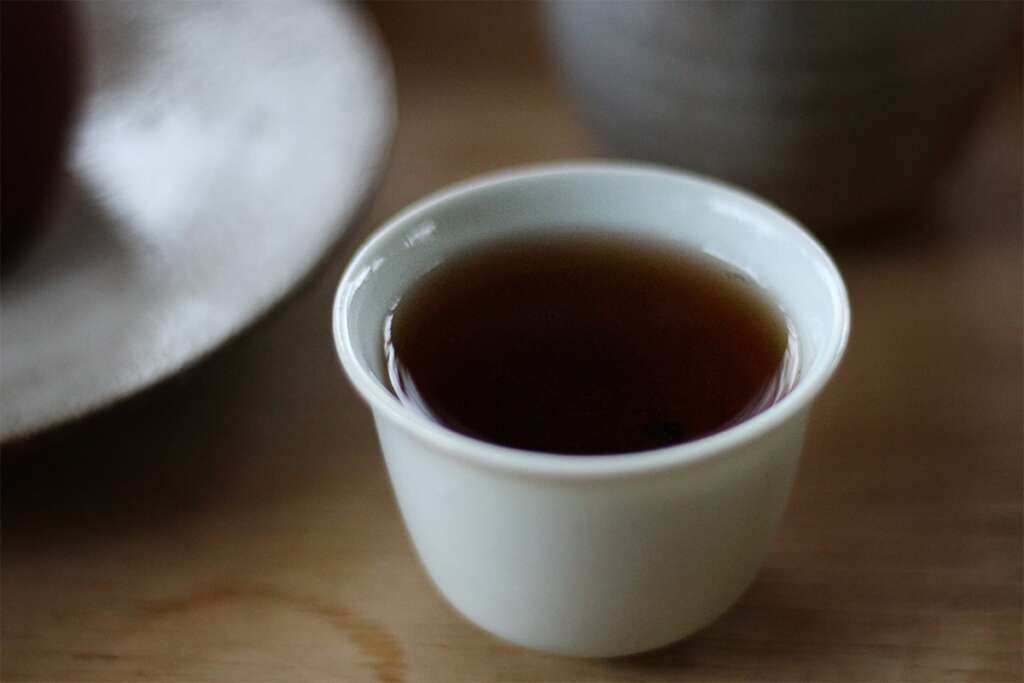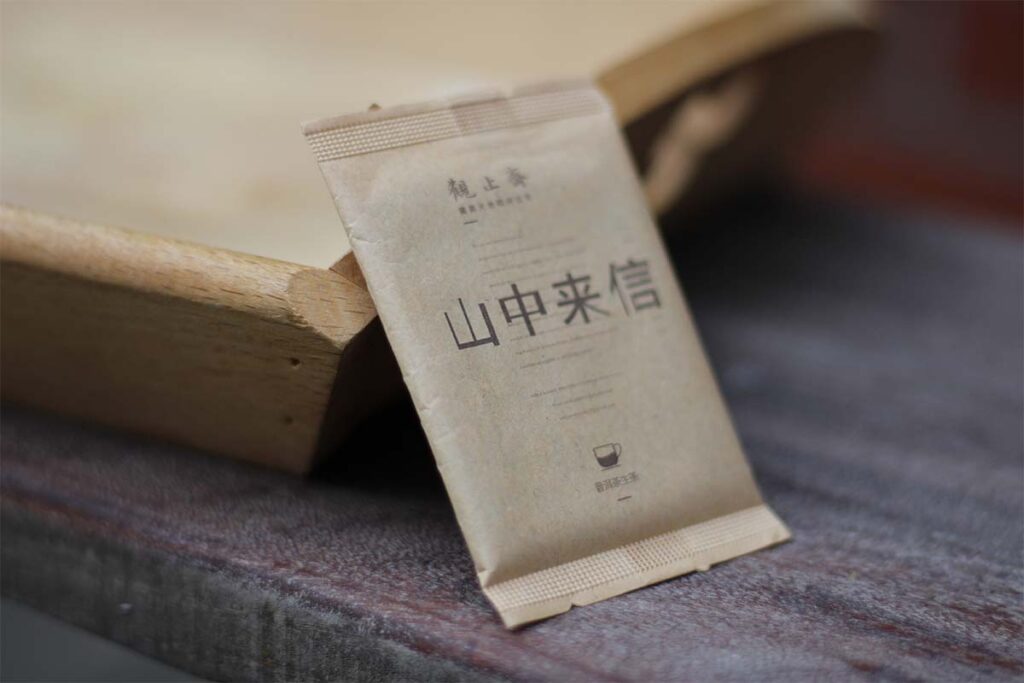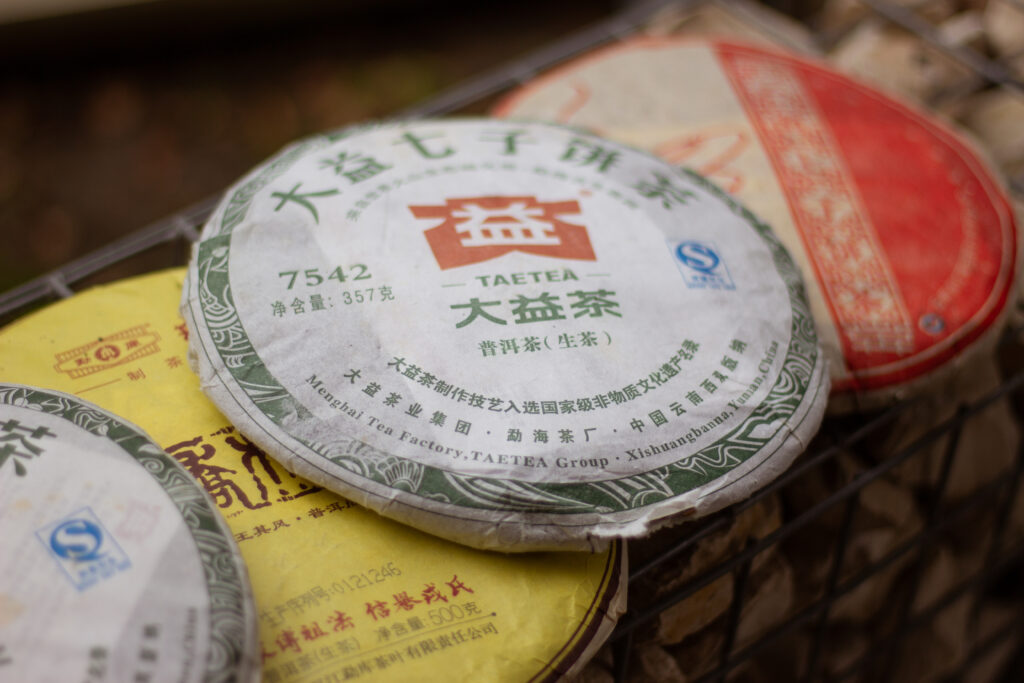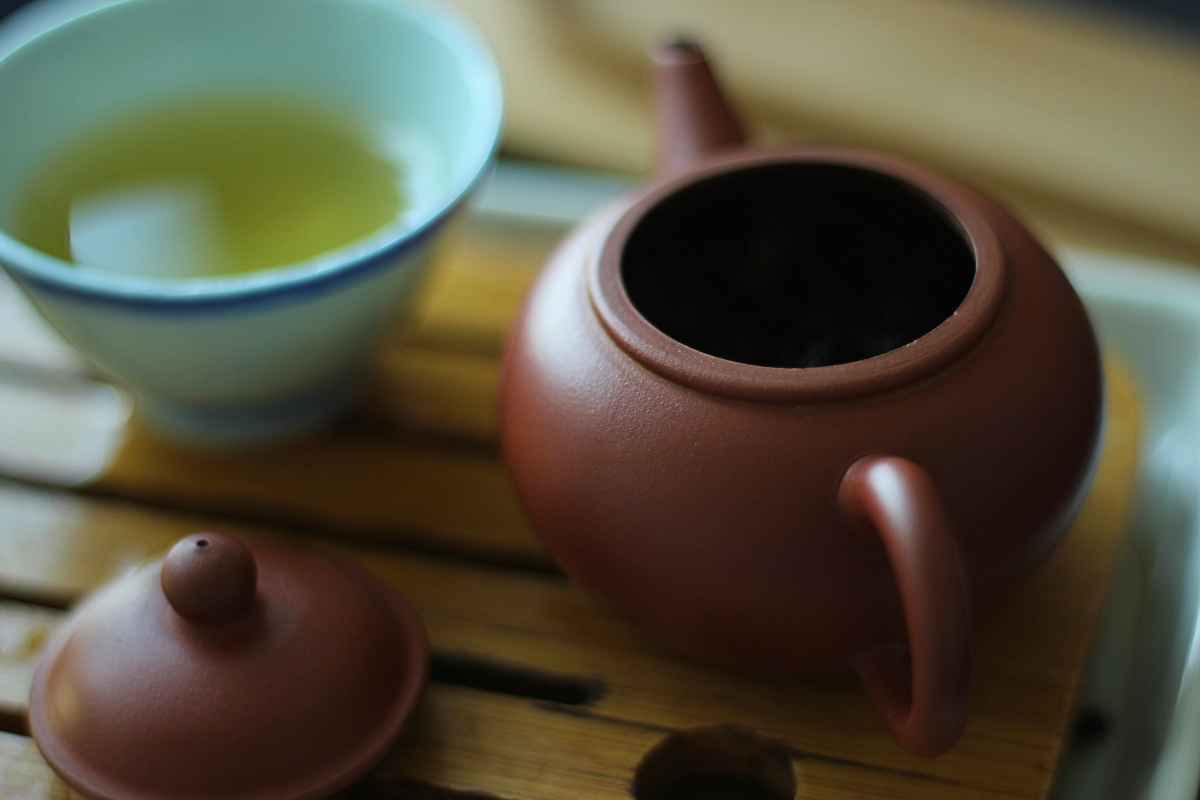Pu-erh tea is a complex type of tea with a long history. It has been drunk for centuries in the East but has also become popular in the West for a variety of reasons. This article focuses on why people like pu-erh tea so much.
People like pu-erh tea for its full and rich flavor and because it aids digestion. It’s easy to take with you to brew on the go and pu-erh tea can be steeped many times before the leaves are spent. One of the main reasons why investors like pu-erh is the value of well-aged sheng pu-erh. A collection of aged sheng pu-erh can be worth thousands or even millions of dollars.
Pu-erh tea
Pu-erh tea (or puerh tea) is a type of tea that is classified as dark tea. This tea comes from Yunnan province and is characterised by fermentation. There are two types of pu-erh: shu and sheng pu-erh. Shu pu-erh is artificially fermented, while sheng pu-erh slowly ferments over time.

Don’t know where to buy tea online? I made a list of over 300 online tea shops and I keep updating it regularly. You can check it over here
There are several reasons why people like pu-erh. Some like the dark and deep flavors of shu pu-erh, while others like the freshness and bright flavors of young sheng pu-erh. However, most people like the flavor, aroma and body sensation you get while drinking aged sheng-puerh.
Pu-erh offers a variety of flavors
Some people like drinking pu-erh tea for the flavors they get. Even within the subcategory of pu-erh tea, there are major differences between the three main versions.

Each type of pu-erh offers a different experience. Young sheng and aged sheng pu-erh start out as the same tea, yet they offer a completely different experience. Young sheng is similar to green tea with fresh, bright and fruity flavors but it has a certain wildness to it that you can’t really find in green tea. Aged sheng pu-erh is more about subtleties in a deep ocean of camphor, wood and earthy flavors.


The flavors in shu and aged sheng pu-erh might seem similar at first sight, but there are noticeable differences. The biggest difference between shu pu-erh and aged sheng pu-erh is the depth and body of the different flavors. The effect of time is much more profound and allows for slower maturation of tea leaves. This results in smooth and richer flavors with more depth in aged sheng pu-erh.
Pu-erh aids digestion
It is often said that shu pu-erh and aged sheng pu-erh are ideal to drink after a heavy meal because they help with the digestion of food. The microbial activity that is responsible for the ageing process of pu-erh tea also helps to digest heavy and fatty food.
Antioxidants have other well-known health benefits like protection against free radicals. One of the short term benefits of antioxidants and polyphenols in tea leaves is breaking down certain fats to help and speed up digestion. This shows that tea has both short and long term benefits.
Pu-erh is easy to take with you
In the Tang dynasty, pu-erh was compressed into a variety of shapes to make transport easier through difficult terrain and varrying weather conditions. Pu-erh is still compressed nowadays and we can still enjoy the ease of transport. It’s much easier to take a 100g in your suitcase when you go somewhere than taking a big bag of loose leaf tea.
There are even forms of compressed pu-erh that are perfect for a single tea session. Dragon balls, mini tuo cha, small pu-erh coins or even thin slices are made to throw in a teapot for just one session. These are usually around 5-8g and really convenient to use. You don’t need a scale, you just use one coin or dragon ball and you’re good to go. If you brought a bigger cake, just break off a chunk and brew it that way.



Pu-erh can be brewed many times
Some fresher teas like green tea or lightly oxidized oolong tea can be delicious, but sessions with these teas usually don’t last long. Most tea sessions I’ve had with green tea were done quickly because the leaves were spent after 5-6 infusions.
Brewing pu-erh tea is a whole other experience. Both young sheng, aged sheng and shu pu-erh usually last a lot longer. Most pu-erh tea sessions last for at least 10-15 infusions (at least for me they do).
One learns to appreciate the whole journey and the wide array of different flavors you get while brewing pu-erh tea. One of the beauties of pu-erh is that each infusion is slightly different from the previous one. The 15th infusion in a session is completely different from the 4th infusion. Different does not mean better or worse, but having a session with pu-erh tea usually takes a while. It’s a real journey to fully discover what the leaves have to tell you and even the 15th infusion can be enjoyable.
Pu-erh tea as an investment
Wealthy people in the East like pu-erh tea not only for its flavors, but also as an investment. Just like wine, pu-erh gets better with age, so the older pu-erh tea gets, the more expensive it becomes. If you buy high-quality pu-erh today, store the teas in a warehouse for 20-30 years and sell them afterwards, you will have made a considerable amount of money.
Of course, many factors determine the worth of pu-erh like the base material, storage conditions, age of the tea, … In general, the older pu-erh tea gets, the more expensive it becomes. Some of the most expensive tea that is sold each year is well-aged pu-erh tea.


Connoisseurs are always looking for good tea to drink and collectors always want more tea to stash away for the future. It does not really matter what your goal is with an aged sheng pu-erh, but if you want a cake of it, you will need a considerable amount of money. If you want to drink the famous ‘Red Mark’ pu-erh from the 1950s, it’ll cost you over $10,000 per gram (if you can find one that is for sale). In December 2021, Sotheby’s sold a single 1950s ‘Blue Label Jia Ji’ tea cake for around $72,000!




